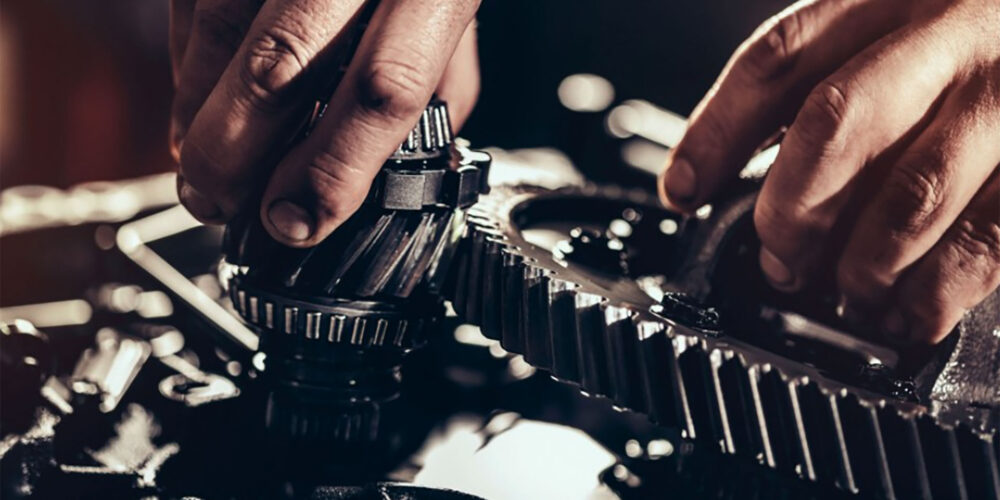When it comes to car repairs, few components are as complex or as costly as the transmission. Whether you drive a manual, automatic, or dual-clutch vehicle, the gearbox is central to how your car performs. So when problems arise, it’s understandable that drivers seek the most economical solution. Two common options offered by garages are re-sealing or refurbishing the transmission. But while these might sound like cost-effective alternatives to a full gearbox replacement, the reality isn’t always so straightforward.
Many drivers opt for transmission re-seals or refurbishments, expecting a quick fix and manageable bill. However, without fully understanding what these services involve, costs can spiral unexpectedly. Here’s what you need to know before saying yes to either.
What Does Re-Sealing Mean?
A transmission re-seal is generally recommended when the gearbox is leaking fluid. Over time, gaskets, seals, and O-rings can degrade, especially in older vehicles or those with high mileage. Replacing these components can stop leaks and prevent further damage to internal parts caused by low fluid levels.
At face value, a re-seal sounds simple. But gaining access to transmission seals often requires labour-intensive work such as dropping the gearbox, cleaning the surfaces, and sometimes dismantling key components. In many cases, garages won’t know the full extent of the issue until they’ve opened it up.
If the leak has already caused damage, such as clutch pack degradation or torque converter wear, a simple re-seal may not be enough to restore proper function. That’s where refurbishment is often suggested as the next step.
What Does a Refurbishment Involve?
Refurbishing a transmission typically means removing it from the vehicle, stripping it down completely, and replacing worn or faulty parts before reassembling it to factory specifications. In theory, this sounds close to getting a “like-new” gearbox, but the scope of what’s included in a refurbishment can vary significantly between garages.
Some refurbishment jobs are comprehensive and include upgraded seals, new bearings, valve body testing, and torque converter balancing. Others might only replace worn clutches or solenoids, leaving older or borderline components untouched. That means a refurbished transmission might not be as robust as expected, especially if shortcuts were taken to keep the price low.
It’s important to ask exactly what’s being replaced, what components are reused, and what testing is carried out before the unit is refitted to the car.
Hidden Costs and Risks
Here’s where things often get tricky. Both re-sealing and refurbishing sound like cost-saving measures, but they can introduce hidden costs if not done thoroughly or if underlying issues are missed.
1. Labour Costs Add Up – Whether you’re re-sealing or refurbishing, the gearbox must be removed from the vehicle. This alone can require several hours of labour, particularly in front-wheel-drive cars with transverse engines. If the repair fails or needs redoing later, that labour is paid for again.
2. Incomplete Diagnosis – Fluid leaks or poor shifting can have multiple causes: low pressure, electrical faults, worn internal clutches, or even ECU issues. If only seals are replaced without identifying root causes, the problem may return, leading to further work. Likewise, a partial refurbishment may restore some performance but fail to address long-term wear in deeper components.
3. Downtime & Vehicle Off-Road – Rebuilding or refurbishing a transmission can take several days or even longer if parts need ordering. If you rely on your car daily, this downtime can be inconvenient, and hiring a replacement vehicle can be another unplanned cost.
4. Warranty Limitations – Not all refurbishment services come with the same level of warranty. Some offer just a few months, while others extend to 12 or even 24 months, depending on the parts used and the quality of work. Always clarify what’s covered before agreeing to the job. A cheap refurb with a short guarantee might end up costing more if problems reappear after a few thousand miles.
5. Compatibility Problems – In certain vehicles, especially automatics with adaptive software, refurbished gearboxes may need reprogramming to work seamlessly with the car’s ECU. If this isn’t done, or done incorrectly, shifting quality can suffer, or warning lights may appear. Software updates or coding services can add another unexpected line item to your invoice.
When Is Replacement the Better Option?
Sometimes, especially in high-mileage vehicles or where serious internal damage has already occurred, a complete transmission replacement is more cost-effective in the long run. While the upfront cost may be higher, you benefit from known quality, full component replacement, and often a longer warranty. It also reduces the risk of repeat failures due to missed issues during refurbishment.
That said, replacement gearboxes (especially for newer or premium models) can be expensive. For many, refurbishment remains the only financially viable option, but only if done correctly by a specialist garage with the right tools and experience.
Choosing the Right Garage
This is arguably the most important factor in avoiding hidden costs. A trusted garage will carry out a full diagnostic check before recommending any work. They’ll advise on whether a re-seal is sufficient or whether more extensive refurbishment or replacement is needed. Clear, itemised quotes and transparent communication go a long way toward preventing surprise bills.
Make sure you ask:
- What’s included in the re-seal or refurbishment?
- Are any reused parts covered under warranty?
- Is ECU reprogramming or adaptation included, if required?
- What post-repair testing is done to ensure performance?
Smarter Repairs Save in the Long Run
Re-sealing or refurbishing a transmission can be a smart move, but only when done with care, precision, and full visibility of what’s involved. Trying to cut corners may lead to short-term savings but long-term headaches. If the work is rushed or incomplete, you might find yourself back in the garage with the same problem and another bill.
A well-informed approach, backed by honest diagnostics and a specialist team like Service4Service, is the best way to protect both your vehicle and your wallet.

